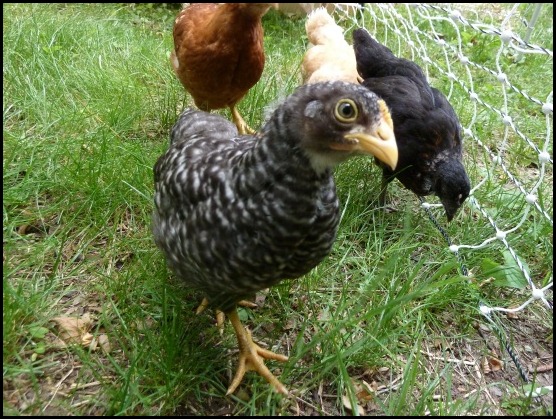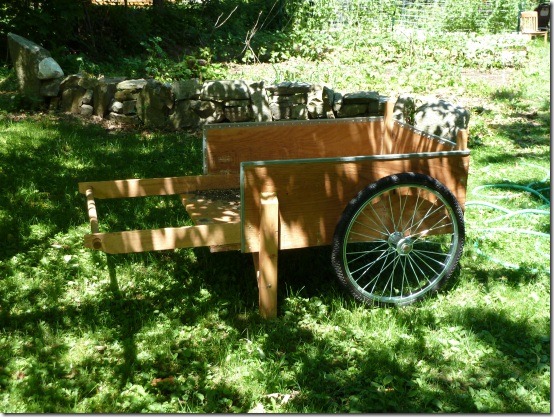For quite awhile now, getting some backyard laying hens has been on our list of things to do. We even thought about doing it in Chicago and it was allowed, but we just didn’t have the room. As I mentioned in my previous post, I was finally able to complete the chicken coop and so on Father’s Day we ended up heading out to a “chicken swap”. We joined the Vermont Bird Fanciers group and they put on a number of swaps throughout the year. It’s not just a swap, it’s really more of a place to buy all kinds of poultry, rabbits and other animals. In addition to chickens, we saw a number of different types of rabbits, geese, ducks, pigeons and guineas.
We ended up finding one vendor with a good variety of the breeds we were interested in and they raise them organically for the most part, so it was a good fit. We weren’t sure there would be a good selection, but actually it was pretty good. Since we originally wanted to start in the spring, I was looking for either pullets or perhaps hens that were already laying. There were plenty of pullets available and the ones we bought should be laying sometime this fall if all goes well.
I’m sure this isn’t original with us, but we decided to name the girls after characters from the Buffyverse. So without further ado, introducing:
Buffy (Buff Orpington) – I’m sure we aren’t the first to do that.

Willow (Golden Comet) – type of Red Sexlink (typically a cross of a Rhode Island Red rooster and a white hen)

Drusilla (Black Star) – type of Black Sexlink (typically a cross of Rhode Island Red rooster and Barred Rock hen)

Faith (Barred Rock)

Faith is the most curious and/or dumbest, depending on any given minute. She is the most personable hen and is very friendly, although she throws a fit when she is held. We think she may end up as the alpha hen, but not sure yet.
These hens pretty much immediately started foraging, scratching and generally acting like chickens should. We put up some poultry netting (without power for now) and let them run around the yard and garden. They figured out how to crawl through that almost right away, but once they are bigger it will be a bit harder. They have already taken to exploring the garden and we are hoping to make them our bug catchers. After already bribing them with hand-picked slugs and other goodies, they seem to be getting the idea pretty quickly.
We’ve now had them about 5 weeks and they seem to be settling in just fine. They are growing like crazy and love helping us with our Japanese beetle issues. They are certainly a source of endless amusement and make weeding a lot more enjoyable.














